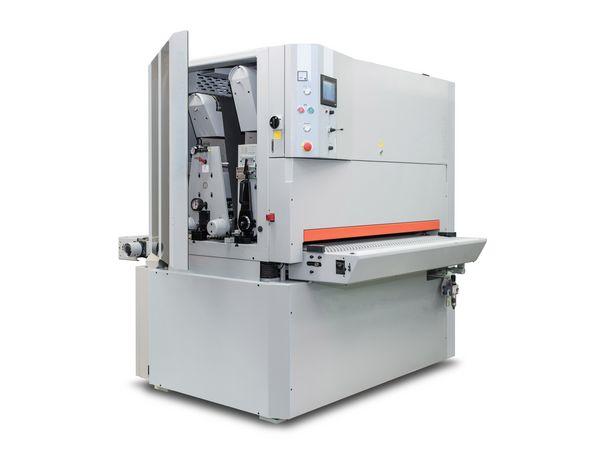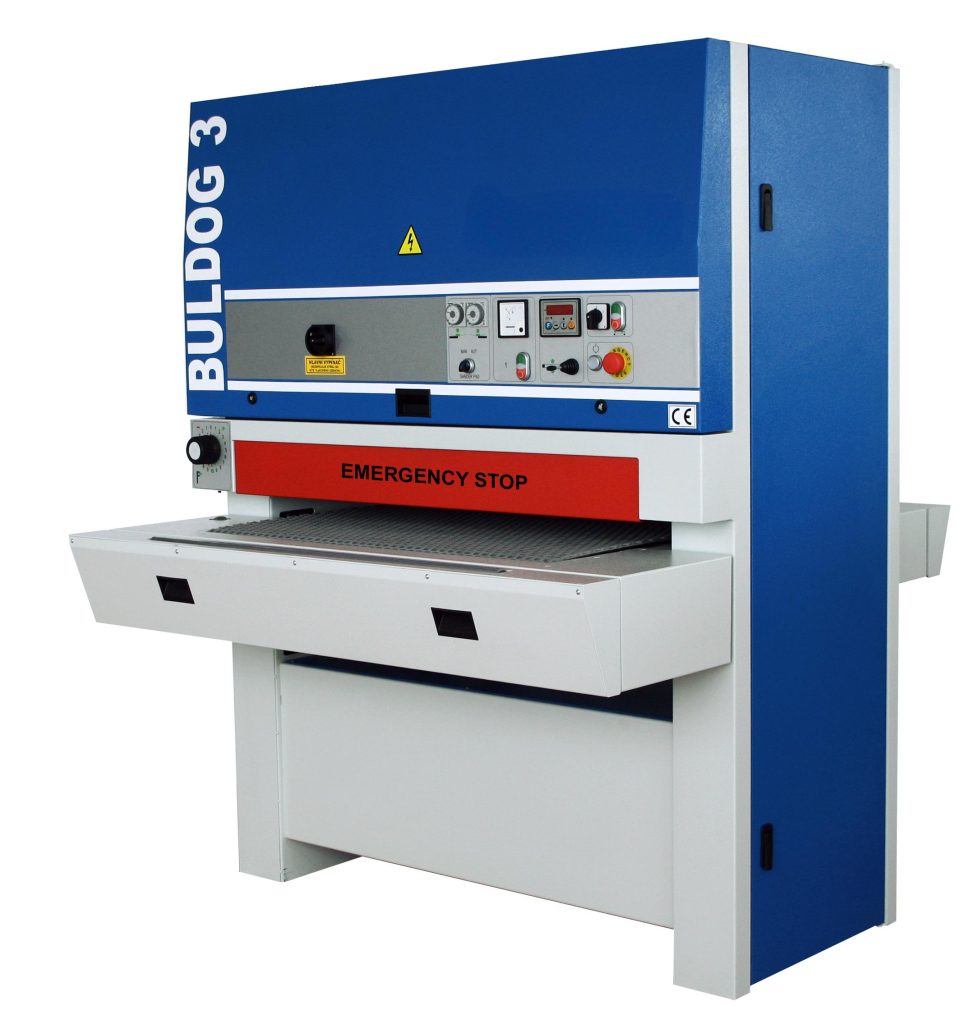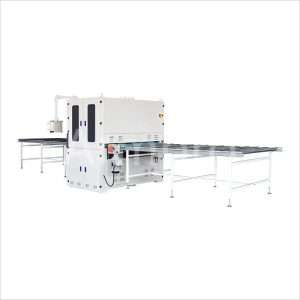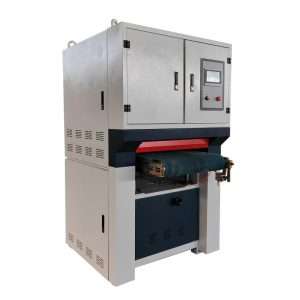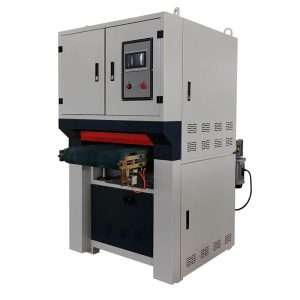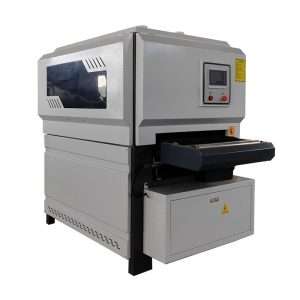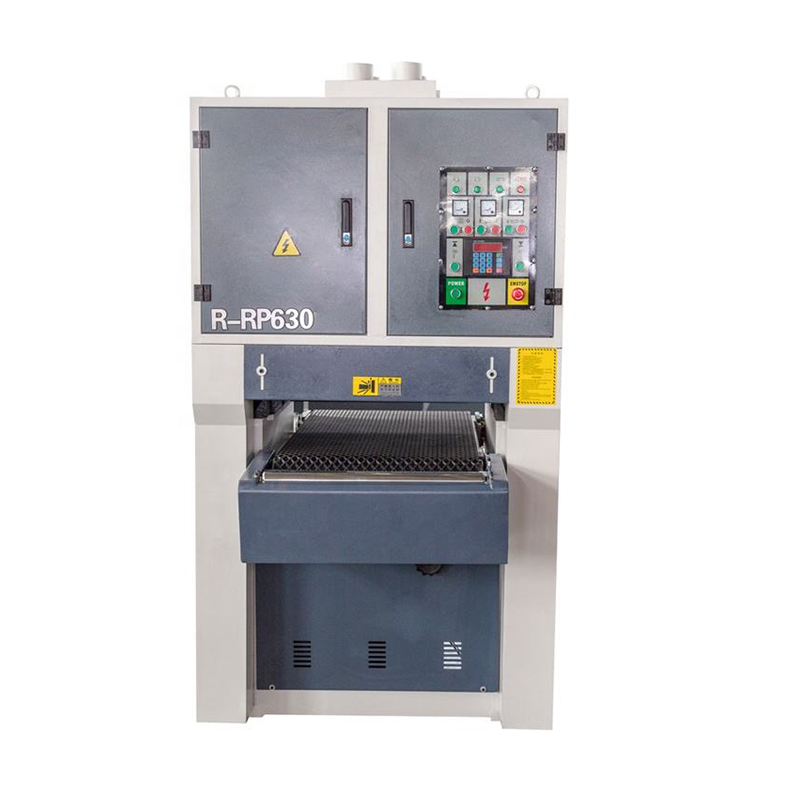Wet sanding VS dry sanding: When to use each method
Introduction
In this article, we will delve into the differences between wet sanding and dry sanding, exploring the benefits and drawbacks of each method. Our goal is to provide a clear comparison to help you choose the most suitable technique for your sanding needs. Whether you’re working on a woodworking project, automotive refinishing, or any other application, understanding when to use wet or dry sanding will enhance your results and efficiency.
1. Advantages and Disadvantages of Wet Sanding
Advantages
- Smoother Finish:In wet sanding the water or other such lubricants are used to obtain a fine and matt finish parallel to the material being worked on for improvement of the material surface. The water assists in easing the friction of the sandpaper thus minimizing surface scratches and uneven sanding thus giving a polished look.
- Reduced Dust: Wet sandingis more effective in removing the sand, it also minimizes the dust as compared to traditional sanding using water. This makes the process cleaner and aids in making the place of work safer due to lesser airborne particulate matter.
- Heat Reduction:During wet sanding, water is applied on the surface and the sandpaper to prevent the generation of heat on the surface and on the sandpaper itself. This helps in avoiding the stretching of the material and wearing of the sandpaper thus increasing the usability of the sandpaper.
Disadvantages
- Messiness: Compared to dry sanding wet sandingcan be very messy, this is because in the process of sanding water is used to help soften the surface which then creates slurry which requires some additional wiping. This is disadvantageous and can be rather unhygienic most of the time requiring additional time in preparation and washing up.
- Additional Steps: After wet sanding, the surface should be allowed to dry and wiped, to eliminate all the water and the slurry left behind. This is time-consuming and adds more steps to the final process of the product and could be tiring.
- Limited Applications: Wet sandingis not advised on all the material surfaces and sorts of paints, sealants, and other substances. For instance, it may not be good on surfaces with pores, or where it may harm to wet it, such as electrical gadgets or some kinds of wooden material.
2. Advantages and Disadvantages of Dry Sanding
Advantages
- Convenience: Dry sandingis in most cases easier as well as more comfortable and convenient especially when there is a need to sand for a short time. This is because it does not entail the use of accessories such as water or any kind of lubrication which, thus, leads to faster setting up and dismantling.
- Versatility: Dry sanding is possible on every type of material and every type of surface – wood, metal, plastic, drywall, and many more. Due to this versatility,it is among the preferred techniques for various developments.
- Immediate Results: Dry sanding is preferred by many as it’s one of the simplest methods, the results are visible almost immediately. As there is no need for drying and thus time consumption, it is easy to observe the outcome of a technique for a short time and make arrangements if needed.
Disadvantages
- Dust Production: Dry sanding generates a significant amount of dust, which can create a messy work environmentand pose potential health risks if inhaled. Proper ventilation and protective gear are necessary to mitigate these issues.
- Surface Heat: Without the cooling effect of water, dry sanding can cause heat buildup. This heat can damage the surface being worked on, especially for heat-sensitive materials, and can also shorten the lifespan of the sandpaper.
- Coarser Finish: Compared to wet sanding, dry sanding may result in a coarser finish. The lack of lubrication can lead to more scratches and an uneven surface, which may require additional steps to achieve a smooth finish.
3. When to Use Wet Sanding
Automotive Projects
- High-Gloss Finish: Wet sandingis another type of sanding technique that is usually in administrations of automotive painting and the finishing of same in order to give it a high-gloss, professional look. Sandpaper often with water could be used for polishing out the paint and clearing the coat since it helps to eliminate imperfections and produces a mirror-like shine.
- Removing Imperfections: Wet sanding is used to remove defects at the surface of the painted material where defects of orange peel, dust nibs, and runs in the paint are apparent. Essentially, water is used as a sort of interface so that the total worn-off can be abraded in a controlled manner without causing any other layer of surface to be lost.
Woodworking and Furniture Refinishing
- Fine Woodworking Projects: As for fine woodworking projects, wet sanding is very effective in creating a great and smooth surface of the wood. It assists in producing and establishing a shiny, and smooth figure to the wooden surface, revealing the grain.
- Furniture Refinishing: Wet sanding is also applied on furniture to smoothen the surface to be painted or stained while doing furniture refinishing. In assisting in the sanding down of old finishes, flattening of the wood, and proper removal of Old finishes, coating adhesion is enhanced in providing the right high-quality finishes needed for the job.
Metalworking
- Smooth, Polished Finish: Wet sanding has its use in metalworkingto give an attractive, glossy finish to metallic items. It is most advantageous for polishing and auxiliary working of the metal parts wherein no scratch and irregularity are left on the metal surface.
- Heat Reduction: Wet sanding makes it possible to address the issue of heat, which is vital when dealing with metallic parts that are very tender and may be damaged through heat. The water cools the metal to enhance the required shape and prevent warping as well as maintain the purity of the metal.
4. When to Use Dry Sanding
Initial Material Removal
- Material Removal and Shaping: Dry sanding is ideal for initial material removal and shaping tasks. It is effective for quickly stripping away old paint, varnish, or rough surfaces, allowing for efficient progress in the early stages of a project.
- Quick Removal: For tasks that require fast and aggressive sanding, dry sanding provides the necessary abrasion to remove layers of material swiftly. This is particularly useful when preparing surfaces for refinishing or significant reshaping.
Drywall and Plaster
- Smoothing Surfaces: Dry sandinggenerally takes a long time similar to wet sanding but it is widely used for drywall and plaster work to smoothen the surface for painting. In doing so it assists in leveling of joints and seams, as well as curtain patched areas to achieve smoother results.
- Tools and Sandpaper: The sandpaper and toolsthat can be employed when dry sanding a wall or when using drywall and plaster consist of further mid and fine-grit sandpaper, sponge, and pole. It is imperative to highlight that the above tools are used to give a finishing touch while sanding big flat surfaces and small complicated corners.
General Woodworking
- Shaping and Smoothing Wood: In general woodworking, dry sanding is frequently used for shaping and smoothing wood surfaces. It helps to refine edges, remove tool marks, and prepare the wood for subsequent finishing steps.
- Preparing for Finishes: Dry sanding is effective for preparing wood surfaces for finishes such as paint, stain, or varnish. It ensures that the surface is smooth and free from imperfections, allowing finishes to adhere properly and achieve the desired appearance.
Conclusion
Selecting the proper sander type is vital to obtaining the best outcomes for your work. Depending on the choice of the material and the required gloss level, it is possible to determine whether it is appropriate to sand with a moist cloth or with a dry one. Wet sanding is characterized by smooth finishes and low dust accumulation, on the other hand, dry sanding is convenient and flexible.
To keep up the performance of the job and to maintain high efficiency, one should be able to determine the strengths and weaknesses of each of the aforementioned methods.
Don't forget to share this post!
Related Products
CONTACT US
Tell us your raw material and working details to get quotations within 24 hours.
WhatsApp Us: +86 159 27 555863

Want the best price & newest metal working machinery buying guide,tips and trends sent straightly to your box?Sign up for Armpro's monthly newsletter,we're free for your consultation and Offer you the most suitable working solutions!
The Buyer's Guide
- Tapping Machine: The Ultimate Buying Guide in 2024
- Electric Tapping Machines:the Ultimate Buying Guide in 2024
- Drilling Machine: The Ultimate Buying Guide in 2024
- Drilling milling Machine:The Ultimate Buying Guide in 2024
- CNC Tapping Machine :The Complete Buying Guide in 2024
- Pipe chafering Machine:The Complete Importing Guide in 2024
- Radial drilling Machine:The Complete Buying Guide in 2024
- Thread rolling Machine:The Complete Buying Guide In 2024
- Pillar Drilling Machine:The Ultimate Buying Guide in 2024

